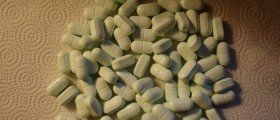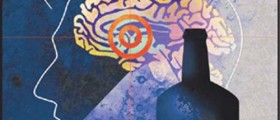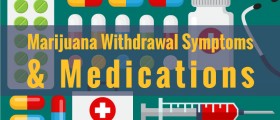Opioid drug abuse (derivates of morphine, primarily heroin) is a great challenge even for modern medicine. Opioid dependence develops after continuous use of increasing doses of opioid drugs in order to achieve satisfying psychological effects. Besides psychological dependence, opioids also cause physical dependence, which is a more severe issue. There are many approaches to treating opioid addiction. They usually include talk therapy, support groups, and medication therapy.
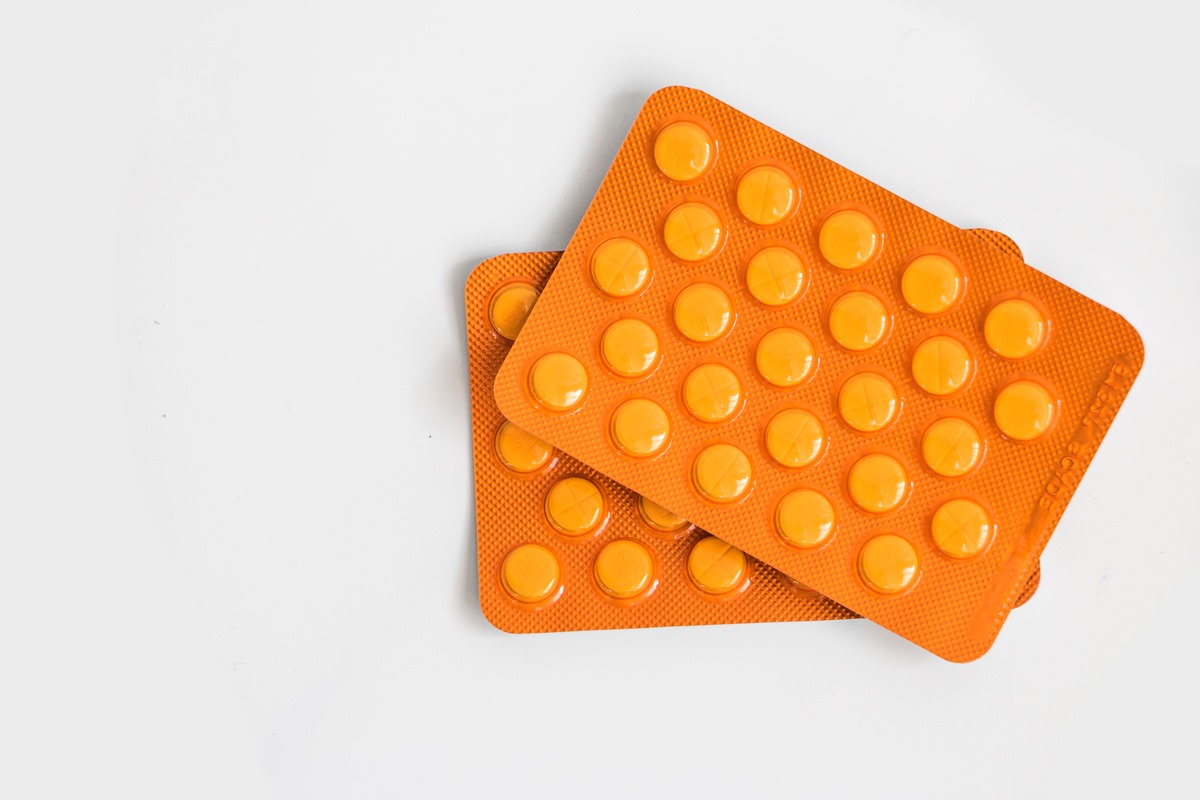
Medication Therapy For Opioid Addiction
The most frequently used medications to work towards ending an opioid drug addiction are actually opioids, but less potent than the substance which is the source of addiction.
- Methadone gradually reduces dependence and decreases the severity of withdrawal symptoms and craving for the opioid substance.
- Naltrexone is a blocker of opioid receptors, which makes it an antagonist of opioids. It is useful in acute overdose treatment, and it is used to eliminate the euphoric effects of opioids.
- Suboxone is a relatively new approach and it will be further discussed.
Effects Of Suboxone
Suboxone is a combination of two drugs: buprenorphine and naloxone. Being a partial agonist of opioid receptors, buprenorphine does not produce pleasurable effects as powerful as heroin, but it locks all the opioid receptors, thus tricking the body into responding like a full dose of heroin was taken. This way, buprenorphine diminishes cravings for opioids and lowers withdrawal symptoms, but it also prevents other opioids from acting on their receptors.
Naloxone is a blocker of opioid receptors, meaning that it immediately eliminates all the effects of opioid drugs and produces severe withdrawal symptoms in addicts. It has been added into the formulation of Suboxone with a very clever purpose. Namely, Suboxone is aimed to be used sublingually (dissolved and absorbed by mucosa under the tongue). Naloxone cannot express its effects in this way, as it is poorly absorbed in the mouth, so the only active substance in proper use is buprenorphine. But, if an addict gets the idea to crash and snore the tablet, or inject it into the bloodstream, naloxone will immediately block opioid receptors in the brain and produce severe withdrawal symptoms which are highly unpleasant. This is why naloxone is added to the formulation of Suboxone.
Suboxone Drug Interactions
Alcohol should not be consumed while on the therapy with Suboxone, as it can interact with the effects of Suboxone and produce more side effects than it is usually expected. There is a long list of medications which can interact with Suboxone. Sedatives and other opioid drugs should not be taken with Suboxone. Generally, drugs acting on the nervous system, such as amphetamines (adderall), antipsychotics, etc. are contraindicated. However, persons who need to take other medications due to existing medical conditions should consult their doctors about potential interactions with Suboxone.
- Rapid Response Report: Summary with Critical Appraisal. Suboxone versus Methadone for the Treatment of Opioid Dependence: A Review of the Clinical and Cost-effectiveness. Ottawa (ON): Canadian Agency for Drugs and Technologies in Health. 2013 Nov 14.
- Sittambalam, C. D., Vij, R, Ferguson, R. P. (2014). Buprenorphine Outpatient Outcomes Project: can Suboxone be a viable outpatient option for heroin addiction? J Community Hosp Intern Med Perspect. 4.
- Photo courtesy of SteadyHealth


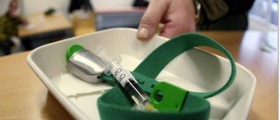


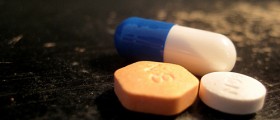



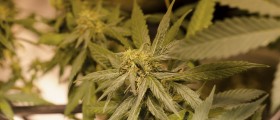

_f_280x120.jpg)
